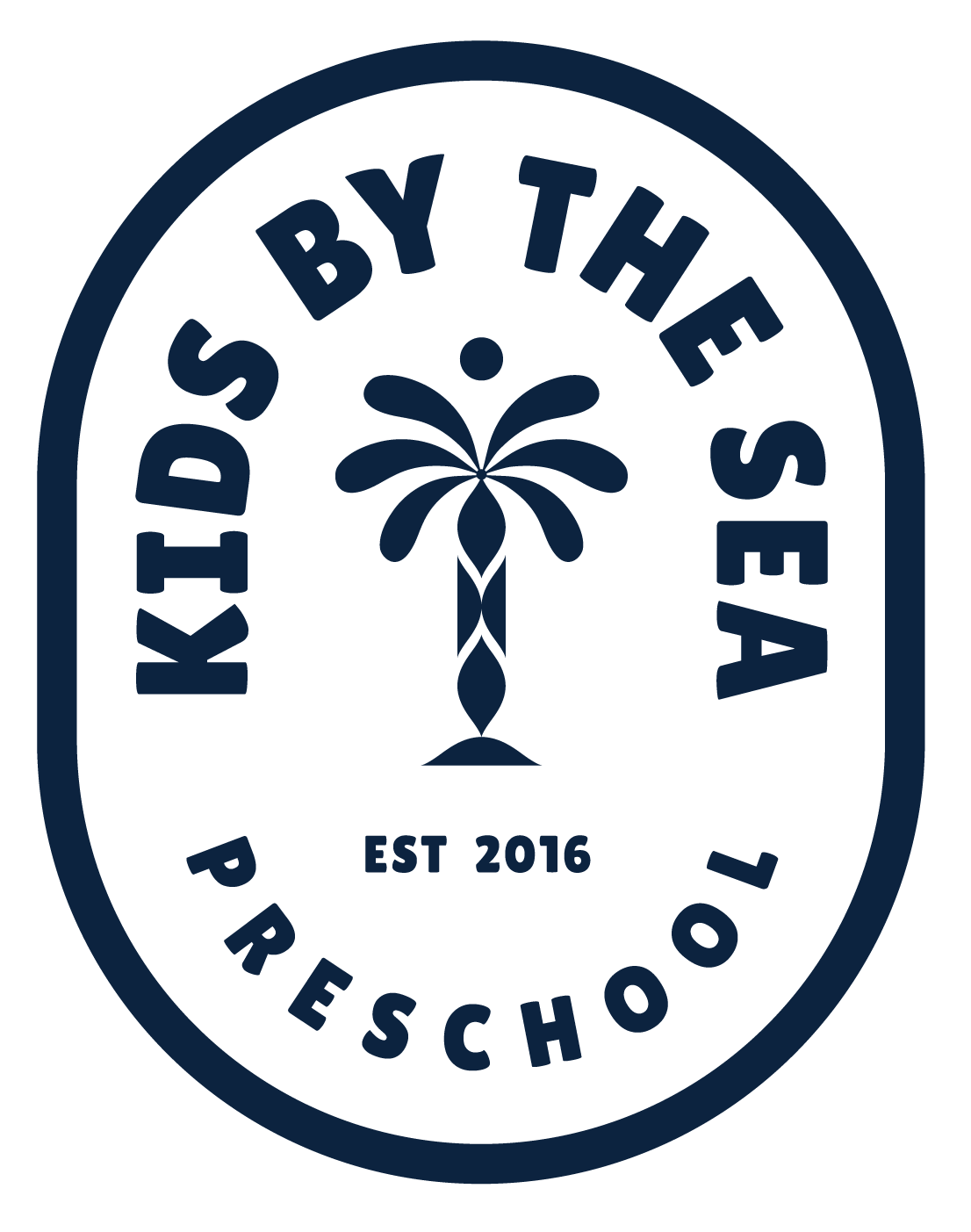Rethinking Arts and Crafts in the Preschool Classroom
Preschool education serves as the foundation for lifelong learning and development. It's crucial to distinguish between 'Art' and 'Craft' to maximize the benefits of creative activities. This guide delves into the essence of art and craft in early education, emphasizing the importance of intentional teaching methods.
“I would like to differentiate between “ART” and “CRAFT”. Craft follows distinct steps to a required or expected outcome. Fun, yes, but not art. Art has no planned outcome, though there may be some specialized materials and techniques to use. The results are not planned or expected. Art is free. Craft is static. Process, not product.” MaryAnn Kohl
Understanding the Difference: Arts vs. Crafts
At Kids By The Sea, there is a place for both crafts and art in a preschool classroom, but we think it is very important that as educators, we are intentionally choosing when to do crafts and when to do art. Both have their benefits. Crafts allow children to work on fine motor skills, introduce them to materials, and teach children to follow directions. Art also helps work on fine motor skills, can introduce children to materials, and promotes creativity, self-expression, initiative, and a sense of accomplishment and competence.
Embracing Process Art in Early Childhood Education
Crafts are often overused in preschool classrooms and mistaken for a learning experience that they do not provide. Crafts can often show children that there is a "right way" of doing things, and portray the message that if they don't live up to this standard, they have failed.
As educators, it is better for the child’s product not to meet our expectations than for the child to develop a negative mindset around learning.
The solution is found in process art, which is not about our expectations, but rather about the process the child has gone through to create a masterpiece (and it truly is a masterpiece) that is meaningful to him. And, he is gaining so many more skills along the way than the child doing a guided craft.
A Looks Beyond Art During Play Times
During unstructured play time, children are working out developing skills and knowledge in specific content areas like math and science, and even language and literacy. They are also developing a learning disposition such as creating a plan and following through, problem solving, creativity, initiative, and overcoming obstacles (to name a few). But sometimes we, as early educators, do not value this activity as much as crafts because we don't see the importance in it, it doesn't give us anything to send home, or we don't know how to talk to parents about it to discuss its value.
Conclusion
Kids By The Sea is heavily based on process art and children making their own choices based on the materials we have intentionally provided during play times. We would be curious to hear your thoughts on the topic. Please feel free to share them with us here at Kids By The Sea. Below, you can find some resources for creating process art experiences for you and your child at home.
We do want to be clear that in this blog post that we are discussing Choice Times. We think during Small and Large Group Times (more teacher directed times) it is important that we, as educators, expose children to many different skills and facilitate their development in all content areas.
Montessori vs. Reggio Emilia: Key Differences in Early Childhood Education Methods
Enhancing Early Childhood Development through the Outdoor Classroom Approach



